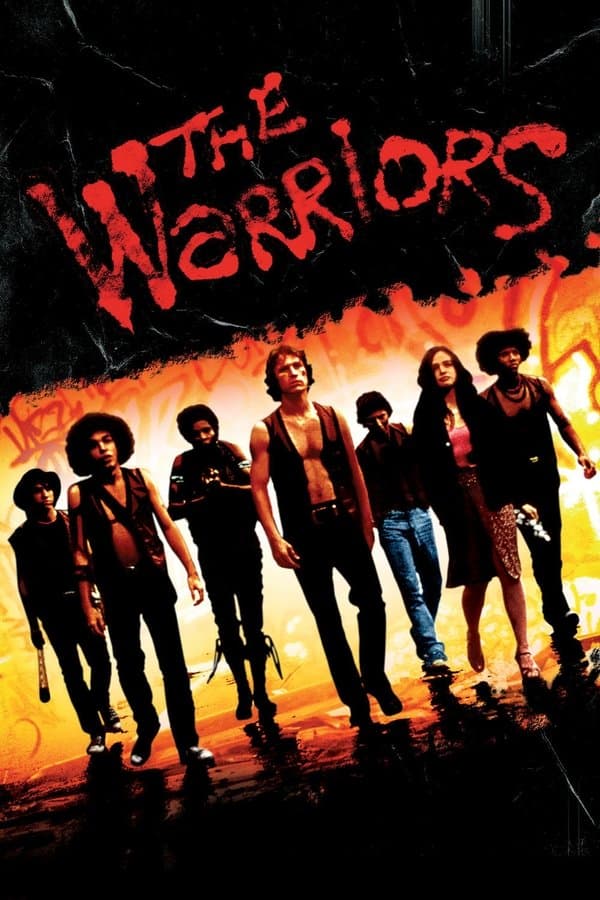
The Warriors
1979 • Action, Thriller • R
Prominent gang leader Cyrus calls a meeting of New York's gangs to set aside their turf wars and take over the city. At the meeting, a rival leader kills Cyrus, but a Coney Island gang called the Warriors is wrongly blamed for Cyrus' death. Before you know it, the cops and every gangbanger in town is hot on the Warriors' trail.
Runtime: 1h 34m
Why you should read the novel
Reading Sol Yurick’s novel ‘The Warriors’ offers a raw and unfiltered dive into the gang landscape of New York that the movie only hints at. The book approaches the subject with social criticism, psychological insight, and gritty realism, drawing you far deeper into the lives, fears, and struggles of the characters. Its tone is more complex and challenging, pushing readers to reflect on questions of violence, alienation, and the search for belonging among urban youth.
Unlike the film’s fast-paced, often stylized journey, the novel presents a darker, more nuanced vision of gang life. Yurick’s writing allows readers to reflect on the motivations and humanity of the Warriors, rather than seeing them as simply bold antiheroes on an epic quest. The book provides context for their actions, philosophies, and the societal failures that shape their existence, making it a thoughtful and thought-provoking experience.
By reading the novel, you gain access to a richly developed depiction of 1960s New York and a deeper emotional connection with the characters. Yurick’s source material invites you to not only observe but to empathize, analyze, and challenge your own assumptions about street violence, friendship, and survival, offering a more rewarding engagement than the movie’s kinetic spectacle.
Adaptation differences
One of the most significant differences between Sol Yurick’s original novel and Walter Hill’s film adaptation is in tone and intent. The book is rooted in a harsh and realistic exploration of disenfranchised youth, inspired by historical accounts like Xenophon’s ‘Anabasis,’ while the film adopts a stylish, almost mythic approach, transforming the narrative into something akin to a comic-book epic. The raw social critique of the novel is subdued in the movie, which focuses more on exciting action and visual flair than deeper social commentary.
The characters themselves differ greatly between the two versions. In the book, they are depicted as younger, more vulnerable, and less clearly heroic. Yurick’s Warriors are confused and often morally ambiguous, lacking the clear protagonists and antagonists of the movie. The film, meanwhile, gives the gang more defined personalities and leader figures, like Swan and Ajax, and omits the racial and ethical diversity Yurick carefully incorporated into the original text.
Another major change is in the plot’s resolution and the depiction of violence. The film’s journey is presented as a survival adventure with moments of triumph, whereas Yurick’s book provides a far more cynical commentary on the brutality and futility of gang life. Some of the book’s bleakest scenes—and its ambiguous, unsettling ending—are softened or omitted entirely in the on-screen adaptation, offering a more conventional sense of closure.
The setting and cultural references also differ substantially. The novel is set in the 1960s, with references to then-current events and urban realities, while the movie’s stylized, almost timeless New York blurs specifics to create a distinct, otherworldly atmosphere. This change allows the film to transcend its source material’s historical specificity, but it also dilutes the sharp social observations that characterize Yurick’s work, fundamentally altering the impact and meaning of the story.
The Warriors inspired from
The Warriors
by Sol Yurick


